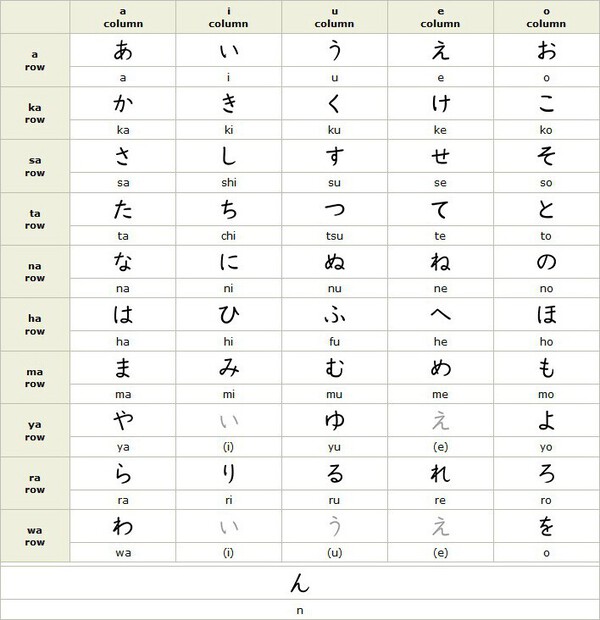-
Posts
462 -
Joined
-
Last visited
Content Type
Profiles
Forums
Events
Store
Downloads
Gallery
Everything posted by Jcstroud
-
Takeyasu and Toyosuke had many things in common small 4mm stamps green paint ,black paint, cut tangs at 9 in. Length+/-, crosshatched filemarks all seem to indicate Takeyama forge origin in my opinion. Currently looking for more verification.
-
I reread my notes and it was the4mm stamp that was used predominantly
-
Perhaps by grouping swords by stamp size,and also by swordsmiths known locations.In combination with physical traits such as paint color could help pin down location of fabrication.Such as Takayama for example.Well thats my 2 cents worth for now.
-
Is it possible that the different anchor stamps could indicate different sources of production? Such as Takayama,Seki,Tenshozan ? My reasoning is if you notice Masanao,Kanenao,and Toyosuke seem to have the same 8mm stamp in the same location if my memory serves me correctly. PS hey guys been a while hope you are all well. JOHN
-
Makes me wonder why some were "signed" but most were not.
-
Thank you Bruce very cool.
-
On my Toyosuke #45 The tsuka insriptions use the 4th and fifth characters of the go-juon hiragana chart with no prefix characters it would be an assuption of mine that the characters represent the numbers 45. I hope that this clarifies my previous post.
-
And also go-juon/45
-

Translation assistance for mei - Postwar PX sword
Jcstroud replied to grapppa's topic in Translation Assistance
I think the number was 8747 to be exact. In accordance to U.S. Army declassified info. -

Translation assistance for mei - Postwar PX sword
Jcstroud replied to grapppa's topic in Translation Assistance
-

Translation assistance for mei - Postwar PX sword
Jcstroud replied to grapppa's topic in Translation Assistance
Yes ,Bruce has a database for the Nlf aka souvenir swords,I would like to see the rest of it! Two more to compare. -

is this a real ww2 Japanese naval sword
Jcstroud replied to zashmon's topic in Military Swords of Japan
Ouch did I just hit a nerve? Surely you jest. Your experience and tenure were never once questioned.your contribution to the forum well founded. I stand quite surprised by your responses.but oh well ....perhaps a good tranquilizer is is in order?😁 -

is this a real ww2 Japanese naval sword
Jcstroud replied to zashmon's topic in Military Swords of Japan
So you do have a sense of humor dont you! 😁 -

is this a real ww2 Japanese naval sword
Jcstroud replied to zashmon's topic in Military Swords of Japan
To answer your question:Forgive me if I seem "glib" it is not my intention to be controversial . I only want to bring out insights on various observations about this type of swords based on my notes and studies about them. My intent is know more about them,not to make them worth more they speak for themselves. I enjoy this forum and all the members contributions in the pursuit of knowing more about genuine Japanese swords which these are.this reminds me of what my dad used to say: "I was jus pokin fun but yall took it serious" As to my age... likely older than yourself. -

is this a real ww2 Japanese naval sword
Jcstroud replied to zashmon's topic in Military Swords of Japan
-

is this a real ww2 Japanese naval sword
Jcstroud replied to zashmon's topic in Military Swords of Japan
Boy you really like these swords dont you? Oh if these swords could only talk..... oh well I do like them they serve their intended purpose. To hang on the wall. And to remind us of what not to do..... harm others. -

is this a real ww2 Japanese naval sword
Jcstroud replied to zashmon's topic in Military Swords of Japan
Mei,Mei,Mei....now getting back to the question: Is this a real Japanese Naval Sword? The answer is yes .made by the Japanese Naval Sword Company in Zishi Japan also known as Tenshozan Tanrenjo . -

is this a real ww2 Japanese naval sword
Jcstroud replied to zashmon's topic in Military Swords of Japan
RJT Manufacturing Specifications thread. small:2.0〜2.1尺 731.25〜768.75 grams medium:2.1〜2.2尺 768.75〜806.25 grams large:2.2〜2.3尺 806.25〜843.75 grams These specs. I was only using these specs as an example of the strict adherance of weight standards. -

is this a real ww2 Japanese naval sword
Jcstroud replied to zashmon's topic in Military Swords of Japan
In reference to the question of whether these swords were wartime surplus... consider a recent comparison of two souvenir swords made by Toyosuke where the weights of both were within "point 2 ounces" reinforcing the Stringent RJT weight requirements.why would they care about exacting weights if they were intended to be a souvenir? This supports the theory that the were indeed intended for military use. -

is this a real ww2 Japanese naval sword
Jcstroud replied to zashmon's topic in Military Swords of Japan
Surely you must have a sense of humor.😁 -

is this a real ww2 Japanese naval sword
Jcstroud replied to zashmon's topic in Military Swords of Japan
Actually the last of the "Souvenir" swords were completed by March of 1947. -

is this a real ww2 Japanese naval sword
Jcstroud replied to zashmon's topic in Military Swords of Japan
And just as easy for those who do not want to believe. Hey @Stephen do have any information on this storage building? Was it a U.S.Army surplus building? Just curious? -

is this a real ww2 Japanese naval sword
Jcstroud replied to zashmon's topic in Military Swords of Japan
Malcolm Cox believes these were Arsenal products to shorten production time,I personally believe they were originally longer and cut to fit standard length koshirai. Cutting this type of anti-rust steel is not easy to saw cut nor file .there seems to be evidence that the cut ones most originated in Takayama forge. But that is my theory. Surplus? The truth is in all the details not all are the same. -
That is one fat "koko" defininitly overthick!
-
Collecting is not everything the part I like best is solving the mysteries of who was this ...who was that there are many things we dont yet know, We all could use your expertise ! Dont loose the faith and carry on my friend......









